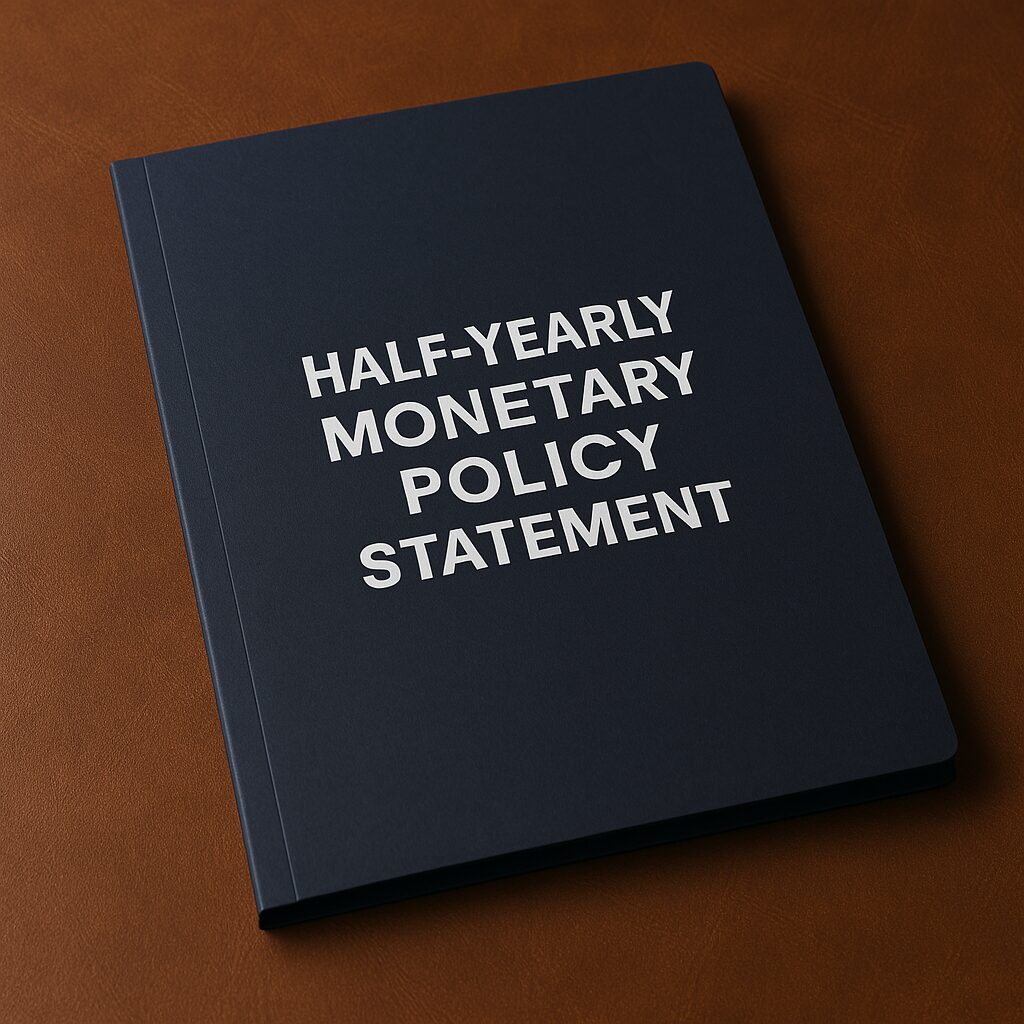Bangladesh Bank (BB) has rolled out an extensive strategy to address the nation’s economic and financial challenges. Key reforms include forming three task forces to conduct a thorough asset quality review of banks, enhance BB’s regulatory capabilities, and recover stolen assets. These initiatives are part of a broader plan to stabilise the economy and reform the banking sector; however, a specific timeline could signal hope for discipline in the banking and financial sector.
BB’s Half-Yearly Monetary Policy Statement (MPS) sets the monetary policy direction for the second half of FY25, with the primary objectives of reducing inflation, stabilising the foreign exchange market, rebuilding BB’s foreign exchange reserves, and tackling the rise in non-performing loans (NPLs) in financial institutions. These primarily reflect governance issues aimed at stabilising the money market, which is positive; however, expectations were focused on important policy tools to address inflation, attract investment, and create employment.
As mentioned in the announced MPS, the forecast for global economic growth is 3.2% in 2024 and 2025, which could support Bangladesh’s exports and remittances. However, the MPS for H2FY25 has not clarified any new policy stance to derive benefits from this.
Despite stringent fiscal and monetary measures, inflation remains above 10%, though it showed signs of easing in December 2024 and January 2025, mainly due to a decline in food inflation. BB is targeting an inflation range of 7–8% in the near term. According to a study conducted by Business Initiative Leading Development (BUILD), the supply side remains undisciplined, with extortionists dominating operations at the field level. In the existing supply chain, only 8–9 entities control the import supply of consumption goods, creating an oligopoly market structure. High interest rates increase production costs, while 42% of the economy remains informal (Economic Survey, 2024). Recent amendments to VAT and SD policy further complicate the scenario. Coordination among the National Board of Revenue (NBR), law enforcement agencies, and BB must be strengthened. The role of the Competition Commission is not visible in addressing market anomalies.
To control inflation, BB has decided to keep the policy rate at 10%, with corresponding adjustments to the Standing Lending Facility (SLF) at 11.5% and the Standing Deposit Facility (SDF) at 8.5%, establishing a policy rate corridor of ±150 basis points. The spread rate by BB translates into a higher spread rate for commercial banks and other financial institutions, which currently stands at approximately 6%. Compared with other developing countries, the spread rate could be reduced gradually.
BB manages the foreign exchange market through a crawling peg exchange rate mechanism. It has ceased intervening in the inter-bank market to stabilise the exchange rate, aiming to boost remittance inflows and exports. However, trading in the spot market under the crawling peg mechanism is not viable for banks due to the fixed rate, which is lower than other rates as they trade through cross-country currencies. Bangladesh now uses six different types of currencies for bilateral trade and other inflows and outflows of foreign currencies. A specific, currency-wise targeted trade volume could help BB understand the demand-supply mechanism and better control exchange rates for different currencies.
The negative growth of BB’s net foreign assets (NFA), which have dropped by 15.7%, is primarily due to debt service payments. Borrowing may reach up to BDT 1.5 trillion, compared to the revised BDT 990 billion, due to a shortfall in revenue amounting to BDT 580 billion in H1FY25, according to NBR data. Local-source deficit financing will be critical, as the deposit scenario in the banking sector shows negative signs. The MPS has not provided any direction in this regard. BB could announce a unique scheme for a specific duration with attractive incentives to attract idle deposits.
Moreover, private sector credit growth (7.3%) is below the projected growth (9.8%), leading to lower productivity rates, as reported by the Bangladesh Bureau of Statistics (BBS). Industrial growth, which was 8.22% in the first quarter of 2023–24, reduced to 2.13% in the first quarter of 2024–25 (July–October). The trend in capital machinery imports shows a decline of 25.1%, amounting to USD 1.03 billion as of November 2024 compared to the previous fiscal year, indicating that the investment scenario is not gaining the expected momentum. The employment situation requires a robust strategy.
The private sector expected a lower interest rate for obtaining loans from banks for existing and new investments. Keeping the policy rate at 10% could result in higher production costs, increasing the cost of raw material imports, wages, and machinery, inducing policy-driven inflation. This contradicts the strategy to reduce inflation. A high policy rate alone cannot contain inflation; other factors, such as supply-side constraints and eroded depositor confidence, must be addressed. BB should consider these factors to ensure perfect economic competition and good governance through coordinated efforts.
The press release (Bangla and English) is included for your use. Please get in touch with us if you have any queries.

